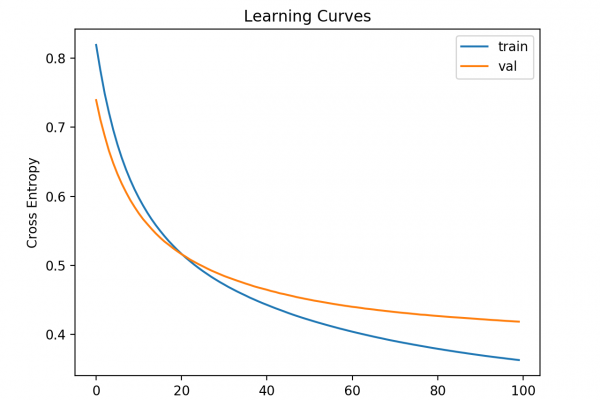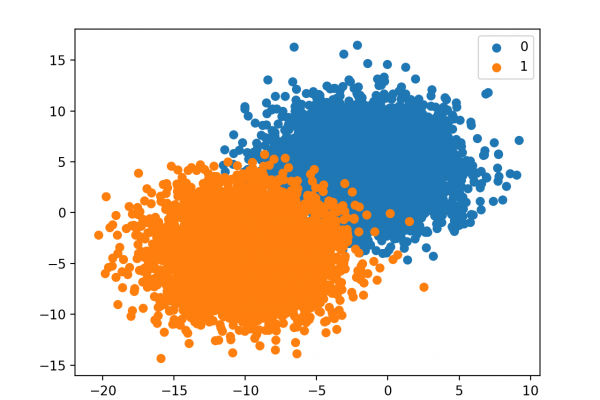Tune Hyperparameters for Classification Machine Learning Algorithms
Last Updated on August 28, 2020 Machine learning algorithms have hyperparameters that allow you to tailor the behavior of the algorithm to your specific dataset. Hyperparameters are different from parameters, which are the internal coefficients or weights for a model found by the learning algorithm. Unlike parameters, hyperparameters are specified by the practitioner when configuring the model. Typically, it is challenging to know what values to use for the hyperparameters of a given algorithm on a given dataset, therefore it […]
Read more








